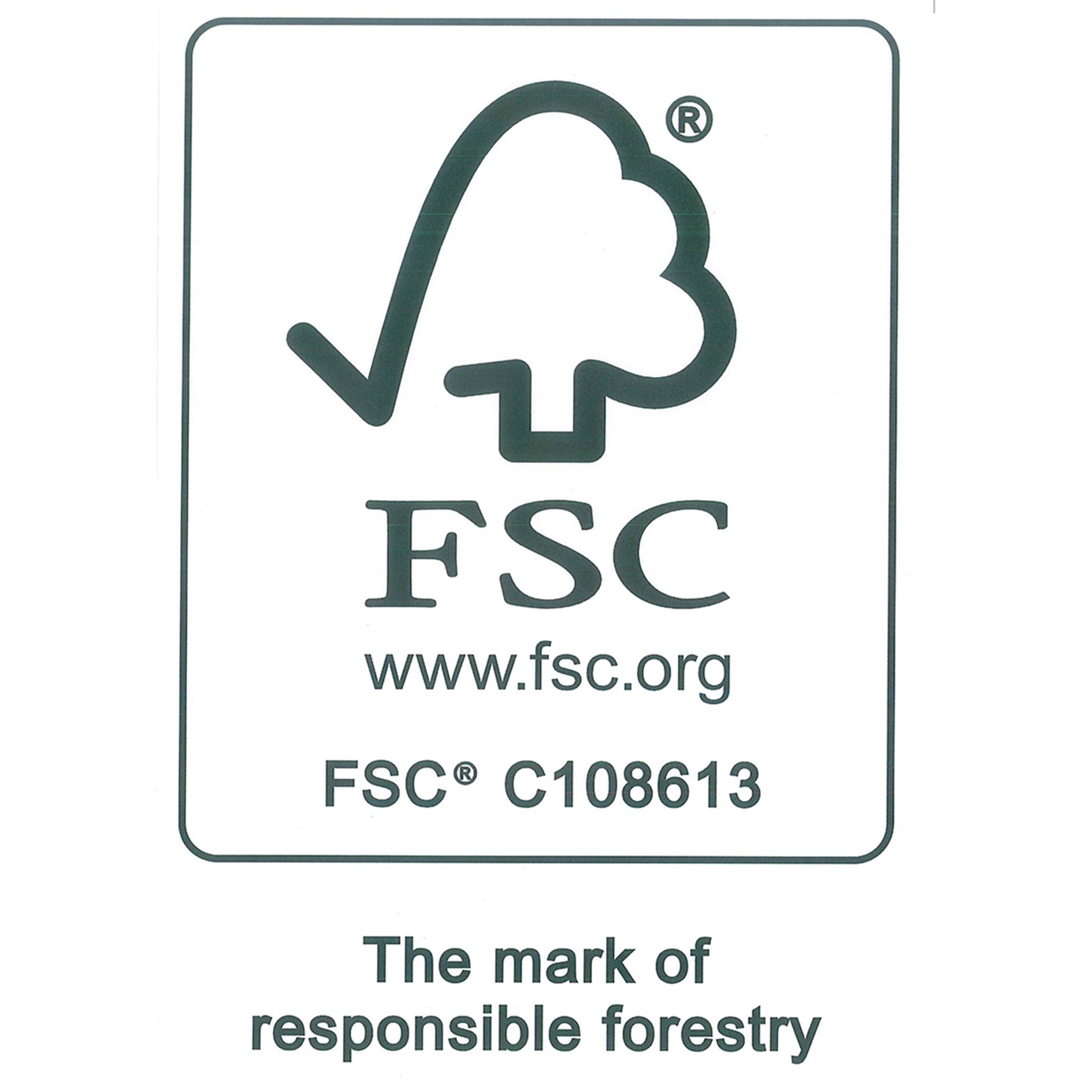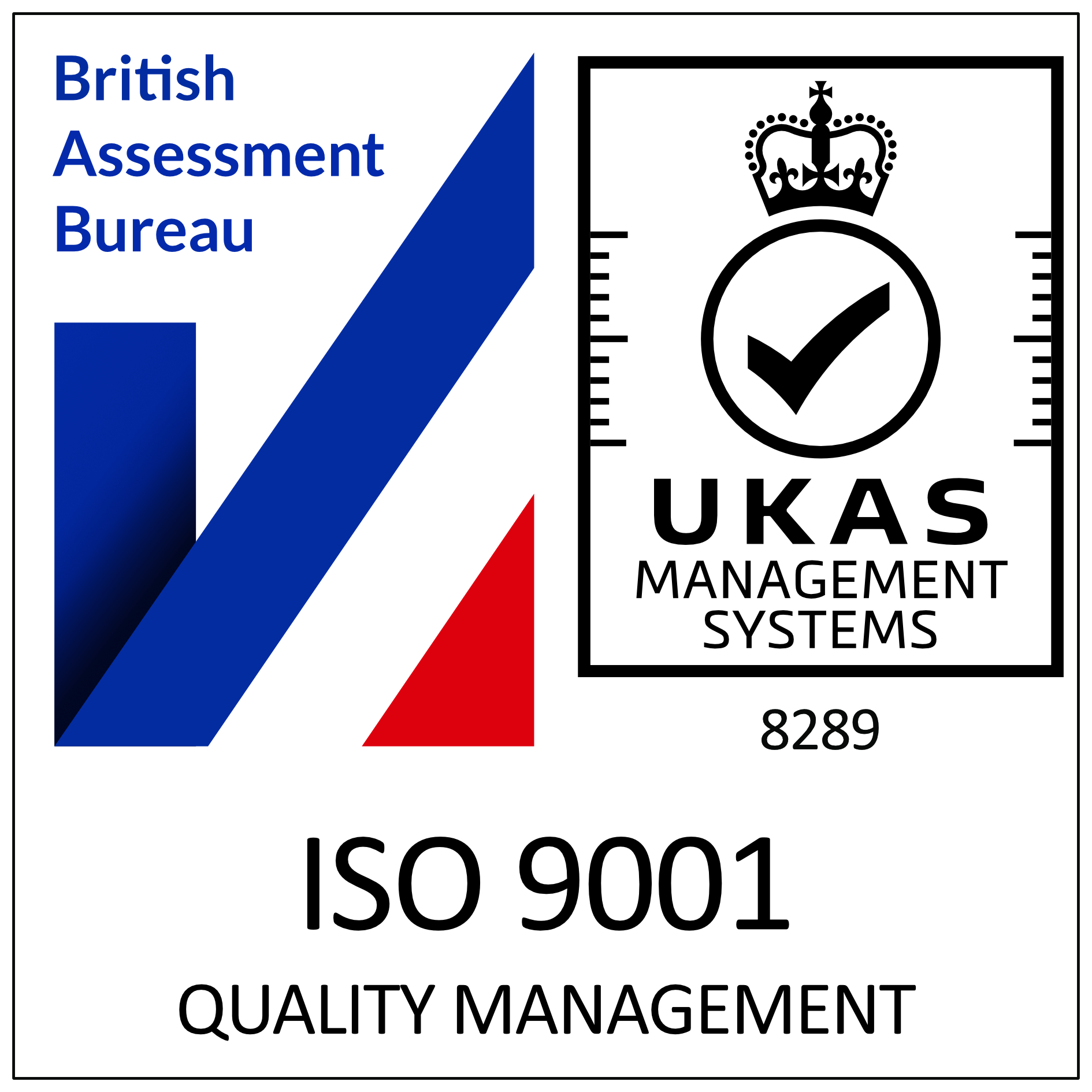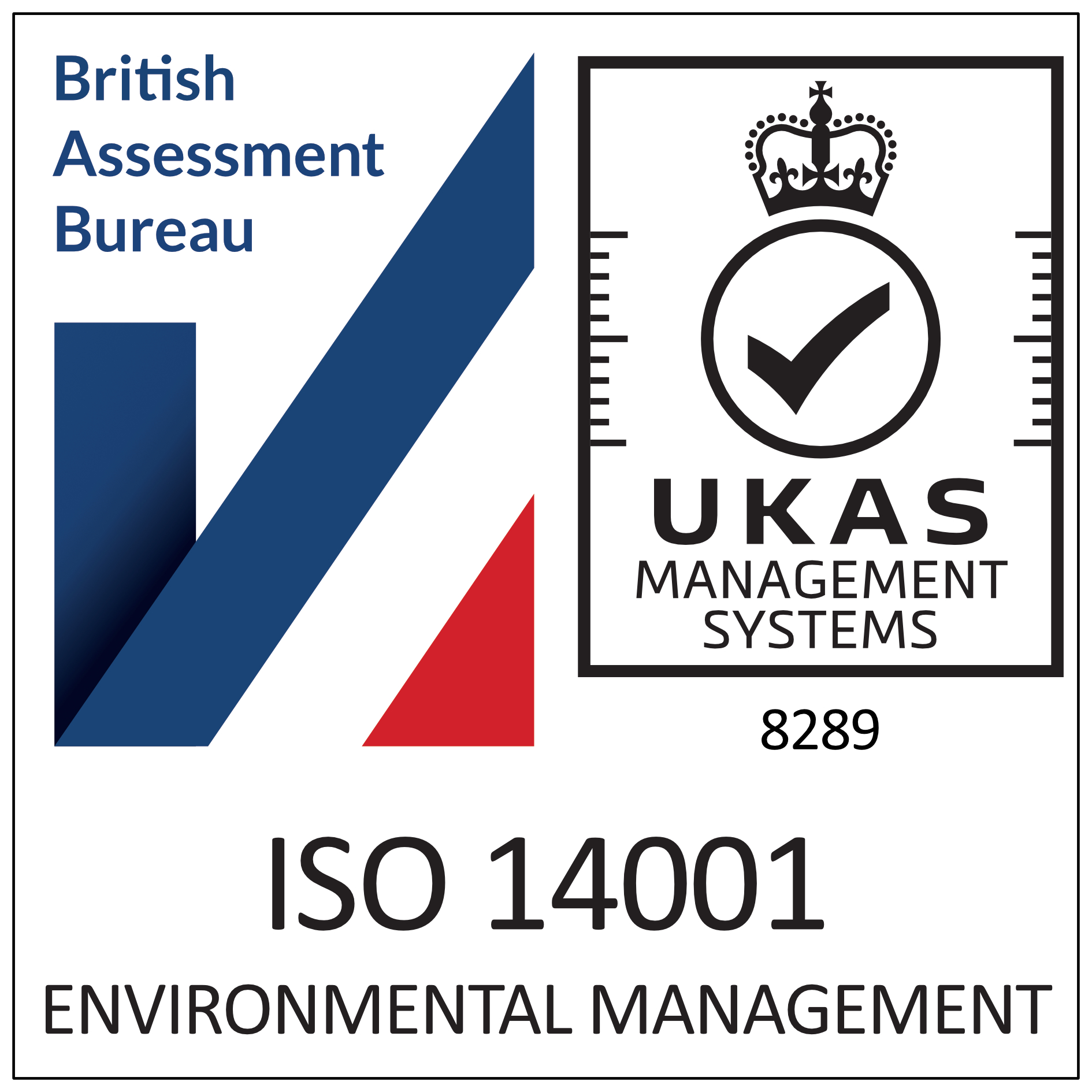How To Reduce Sources Of Ignition In The Workplace
When considering fire risk assessments in the workplace the designated responsible person should always consider potential sources of ignition and how to reduce the risk that these may bring.
Where sources of ignition cannot be reduced they must be mitigated to ensure that all workplace fire safety measures that can be taken have been taken.
Assessing risk
Regular fire risk assessments should be carried out and reviewed as necessary. Fire safety doors and equipment should be checked at the time of assessment and review. Staff should also be asked to report any facilities or safety equipment that appears to be damaged when they notice it.
- Installation of equipment. It is imperative to install machinery and equipment that is fit for purpose and that has been designed to minimise the risk of fire.
- A clean environment is a safe environment. Ensure that all ducts and flues are kept clean build up within ducts and flues may stop air from circulating properly increasing the risk of fire.
- Remove unnecessary sources of heat. Consider all the sources of heat within your premises, if the source is not necessary replace it with a safer alternative to mitigate or eliminate risk.
- Follow the instructions. Make sure that all heat-producing equipment is used in line with manufacturers’ instructions. Ensure staff are trained to use equipment properly.
- Electrical risks. All fuses and circuit breakers must be checked to ensure they are fit for purpose and in good working order. This should be done regularly to comply with legislation. Check electrical equipment carefully to ensure that it is not faulty or overloaded. Faulty or overloaded equipment may overheat and become a source of ignition.
- Smoking. Create designated smoking areas and a safe smoking policy for employees that smoke. Clearly prohibit smoking elsewhere on the premises and prohibit the use of matches and lighters in high risk areas.
- Naked flames. Replace naked flame and radiant heaters with a more suitable system such as fixed convector heaters or a central heating system.
- Extinguishing. Any material that may be hot be it from processes on your premises, or from employees smoking must be properly extinguished when not in use. Check that all potential sources of ignition are extinguished before leaving the workplace.
- Care of equipment. If a piece of equipment could be a source of ignition it is important to consider safe storage whether it is overnight or for the few moments a piece of equipment may not be in use.
- Permit to work system. It may be appropriate to consider a contractors work permit for any contractors that are carrying out heat based work such as welding.
- Protect yourself against arson. When completing your fire risk assessments it is also important to consider the risk of arson and what secure measures you will need to put in place to mitigate that risk.
Enfield Doors
Our team of experts is always on hand to guide you and give you sound and pragmatic advice based on years of experience and successful installations.
If you would like further information on our company please click here, or please contact us and we will respond as quickly as possible. We look forward to helping you.








